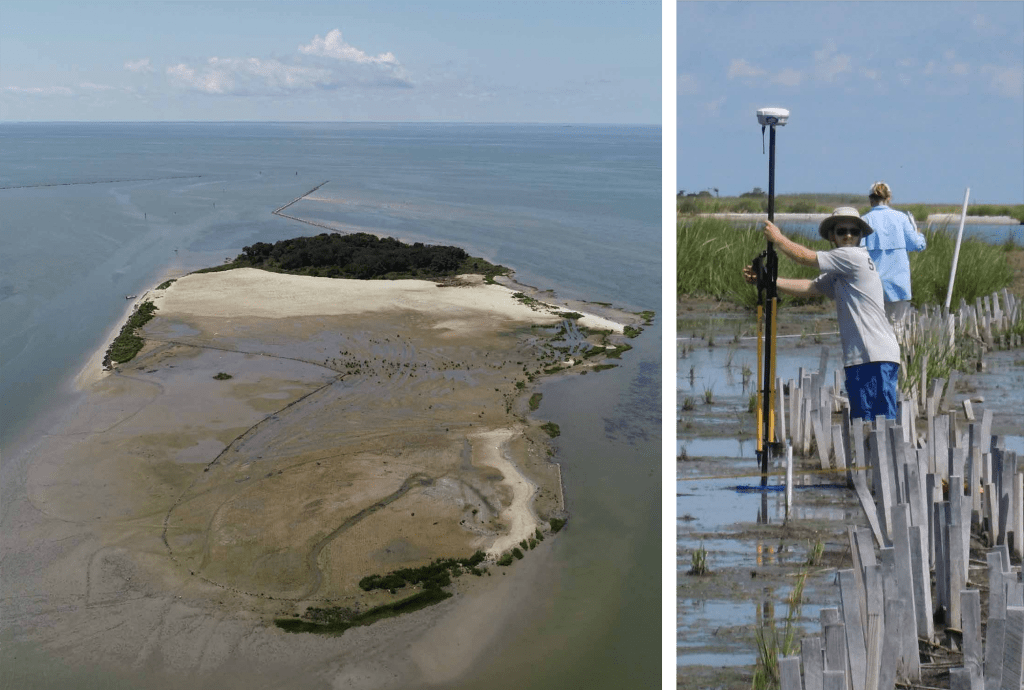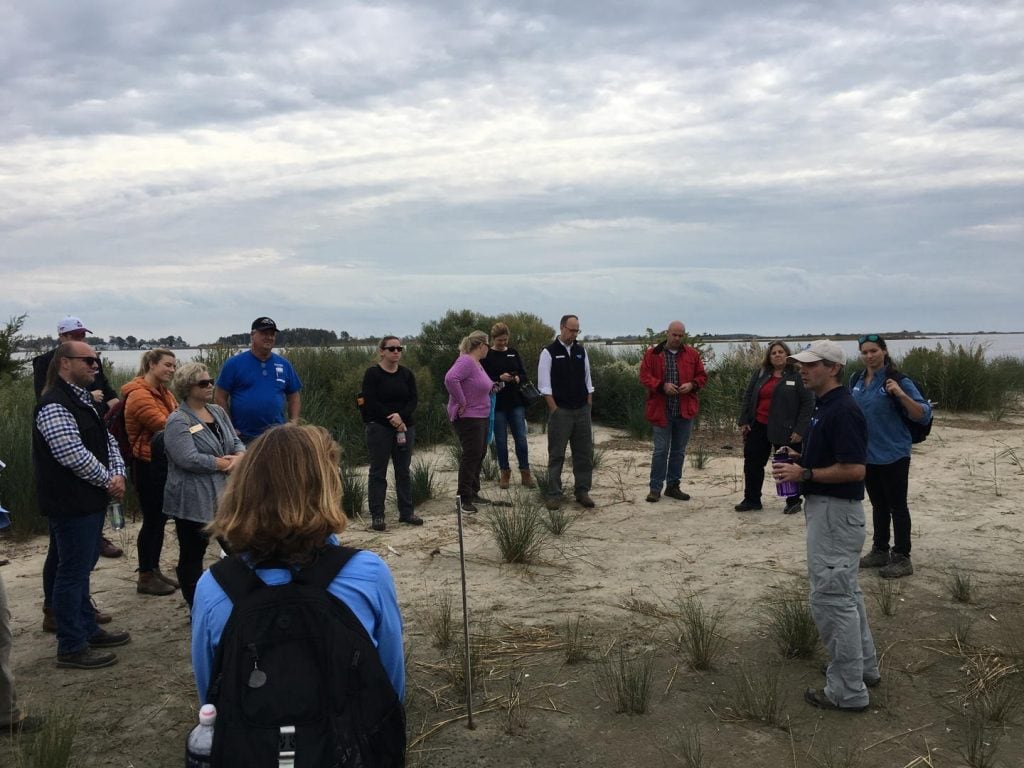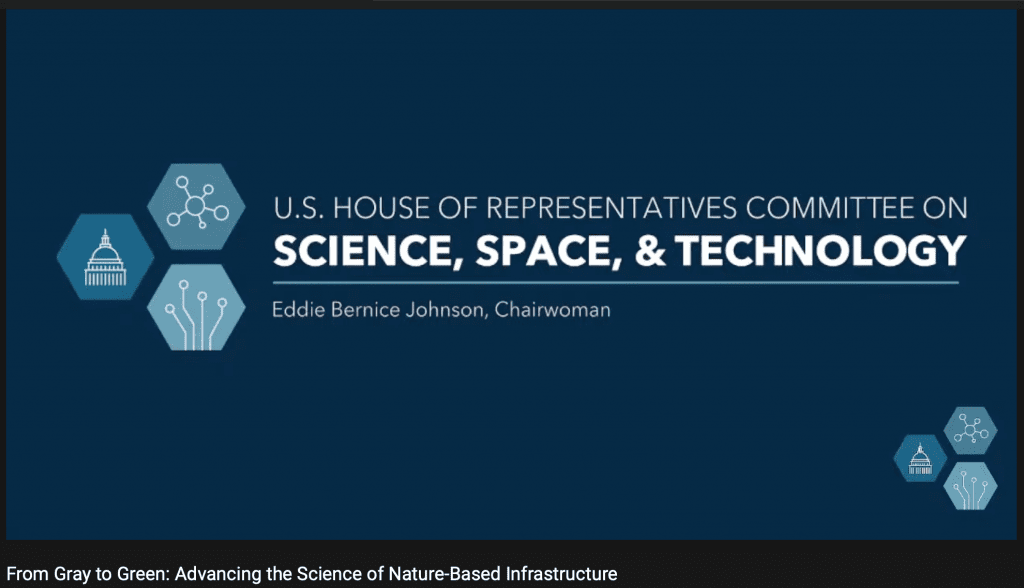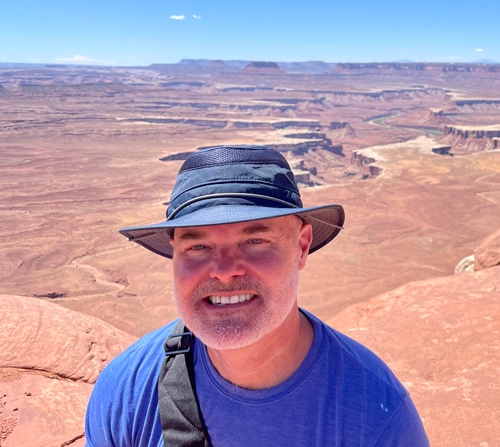Nature-based solutions—or NBS—are front and center in major policy changes in the U.S. (Executive Order 14008: Tackling the Climate Crisis at Home and Abroad, Infrastructure Investment and Jobs Act) that emphasize the urgent need to take action to build climate resiliency and significantly renew and upgrade the country’s infrastructure. In this episode, host Sarah Thorne and Todd Bridges, Senior Research Scientist for Environmental Science with the U.S. Army Corps of Engineers and the National Lead of the Engineering With Nature® Program, are joined by Steve Thur, Director of the National Centers for Coastal Ocean Science (NCCOS) at the National Oceanic and Atmospheric Administration (NOAA). NCCOS is the marine science entity of the National Ocean Service; and its role is to serve the science needs of NOAA, other federal and state government partners, and decision makers. We discuss how the practice of Engineering With Nature and the application of NBS are evolving and the importance of protecting critical coastal ecosystems. We’re also telling the story of a powerful collaboration and partnership between USACE and NOAA.
Todd and Steve begin by talking about the challenges and opportunities in working jointly across the boundaries of organizations in a “whole-of-government” approach. Their collaboration started with a workshop in 2016 to discuss the shared interests and synergies between USACE and NOAA on using natural and nature-based features to improve coastal resilience and increase environmental value and social benefits. Six years later, the collaboration is still paying dividends.
Steve’s initial interest in EWN was the opportunity to apply his personal passion—to wisely use marine resources to make society better—by using science to inform coastal management. His unusual academic background of biology and economics informs his focus on the wise use of marine resources. As he explains, “EWN solutions offer us the potential for win-win-win solutions: mitigating flood risks, restoring habitats, helping with fisheries, protecting threatened and endangered species, and providing many social benefits, such as recreation. When one application or project can touch on so many societal benefits, I see that as a huge win for efficiency and it’s something we should be involved in.”
Todd relates the challenges along the coasts, home to 40% of the American population, to a previous EWN Podcast episode (Season 3 Episode 9) where we discussed the need to rebalance California’s inland water system. “Because of the development that’s occurred along our coasts in the last 150 years, we also need to rebalance coastlines and find opportunities to harmonize engineering with natural systems to make our coasts more resilient. To create that kind of integration requires USACE and NOAA, with their respective mission sets, to find the complementarity needed to pursue these kinds of integrated solutions. NOAA-NCCOS is leaning into this with us and it’s producing great outcomes.”
The first two projects that USACE and NOAA-NCCOS collaborated on were located at Mordecai Island, New Jersey, and Swan Island, Maryland, a part of the Martin National Wildlife Refuge at Smith Island in the Chesapeake Bay. In both cases, dredged material was used to rebuild eroding islands, providing coastal protection, wildlife habitat, and social benefits. Steve notes that the Swan Island Project demonstrates how a relatively small investment in science by NOAA can effectively leverage larger investments by organizations like USACE. He adds, “We’re collecting this data, not only to monitor the performance of Swan Island but hopefully to inform future similar projects done around the country. How can we demonstrate that this is effective from an engineering standpoint, from an ecological standpoint, and from a social standpoint; and if it works here, what we can take and apply in different regions to ‘green up’ additional practices to get these win-win-win solutions.”

Right: Real-time kinematic GPS determines locations and elevations of vegetation on the island. (Photo by NOAA)
These projects have generated a lot of interest with policy and decision makers in Washington, DC. As Steve describes, “We sponsored an ‘all-interested’ staff briefing on Capitol Hill several years ago that had 82 participants, at least 45 of those were congressional staffers who work directly for Committees responsible for drafting legislation, for oversight of Executive Branch Agencies, and the personal staff of individual members of Congress. Forty or more congressional staff attending a message about partnership, engineering, and nature is unheard of. It was a tremendous success, and we came out of it with numerous follow-up actions and a lot of inquiries from people interested in learning more about what we were doing.” Follow-up included an on-site visit to the Swan Island project area with Congressional staffers, members of Congress from the area, and staff from the Maryland Governor’s office. For participants, the first-hand experience of the site visit was invaluable.

Recent outreach to policy and decision makers included a briefing on the International NNBF Guidelines by Todd to the White House Coastal Resilience Interagency Working Group in September, 2021. In March 2022, Steve and Todd, along with Dr. Sherry Hunt of the U.S. Department of Agriculture, provided testimony From Gray to Green: Advancing the Science of Nature-Based Infrastructure to the House Science, Space, and Technology Committee. Steve highlighted three research gaps: the need to continue to assess performance of NBS, the need to quantify ecosystem services that NBS provide, and the need to understand the public’s perceptions of NBS. Todd reflected on the Members’ interest in how this translated to their districts: “I found it very motivating, having this opportunity to testify, and the really serious way our legislators are attending to this opportunity of nature-based solutions.” Steve added, “The Members shared some personal stories about their experiences being out in nature and looking at some of the benefits that we get from natural and nature-based features for their local communities. This really underscored for me that NBS are applicable across our great nation for both risk reduction and ecological service provision.”

We close the episode by discussing what is next for broader collaboration between NOAA and USACE on EWN. As Steve notes, NOAA is going to use their specialized skills and capabilities to evaluate the performance of NBS over time: “This year we’re going to start a research program to look at multiple nature-based features that have already been constructed. We’re going to assess them for their current status and compare those to the ‘as-built’ conditions from several years ago. We hope to be able to discern how they have performed and evolved over time. We’re also looking to get baseline data on new projects.” Todd adds that the need to measure performance of NBS in coastal systems is very important: “Developing resilience along our coastlines is not a battle of a few years. It’s a battle of decades. We really have to take a long view; and fortunately, in the case of NBS, there are natural analogs—500,000 acres of mangroves around Florida, millions of acres of wetlands along our coastlines. There’s so much known about these systems already. There’s an opportunity to understand the performance of these systems.” EWN also has a policy research project underway now that will provide insights for evaluating and documenting the comprehensive benefits produced by NBS projects, including the engineering, economic, environmental, and social value of projects.
The partnership between NOAA-NCCOS and USACE really demonstrates the power of bringing people and organizations with diverse experience together to deliver nature-based solutions to produce coastal resilience.






